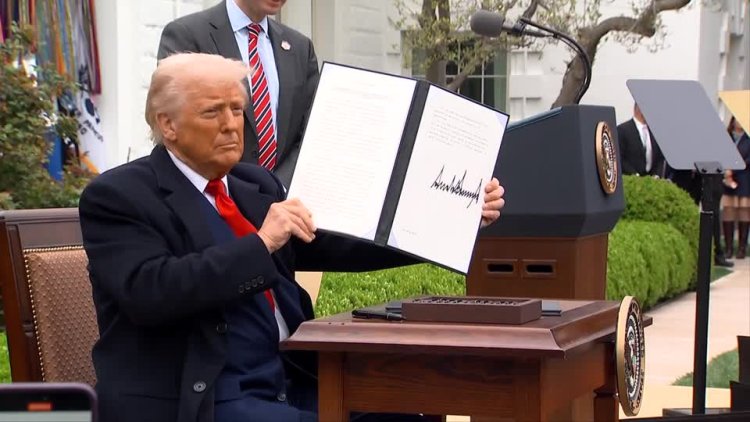Trump ends tariff exemption for China imports

U.S. President Donald Trump signed an executive order eliminating the "de minimis" tariff exemption for low-value imports from China and Hong Kong. This exemption previously allowed goods valued under $800 to enter the United States duty-free, a provision extensively utilized by Chinese e-commerce platforms such as Shein and Temu. The removal of this exemption is part of a broader strategy to address trade imbalances and curb the influx of illicit substances, including synthetic opioids, into the country.
The executive order specifies that, starting May 2, 2025, shipments from China and Hong Kong will be subject to a 30% ad valorem duty or a flat fee of $25 per item, whichever is higher. This rate is set to increase to $50 per item on June 1. Additionally, international carriers are now required to post bonds to ensure compliance with tariff regulations.
Trump said “So if you look at that…China, first row. China, 67%. That's tariffs charged to the USA, including currency manipulation and trade barriers. So 67%, I think you can for the most part see it. Those with good eyes, with bad eyes. We didn't want to bring…it's very windy out here. We didn't want to bring out the big charts because it had no chance of standing. Fortunately, we came armed with a little smaller chart. So 67%. So we're going to be charging a discounted reciprocal tariff of 34%. I think, in other words, they charge us, we charge them, we charge them less. So how can anybody be upset? They will be because we never charge anybody anything. But now we're going to charge.”
While the policy aims to bolster domestic industries and address security concerns, it has elicited varied reactions from international partners and domestic stakeholders. Some U.S. politicians and business leaders express concern over potential inflationary effects and disruptions to supply chains.
As the implementation date approaches, businesses and consumers alike are preparing for the potential impacts of these changes on pricing, supply chains, and international trade relations.















